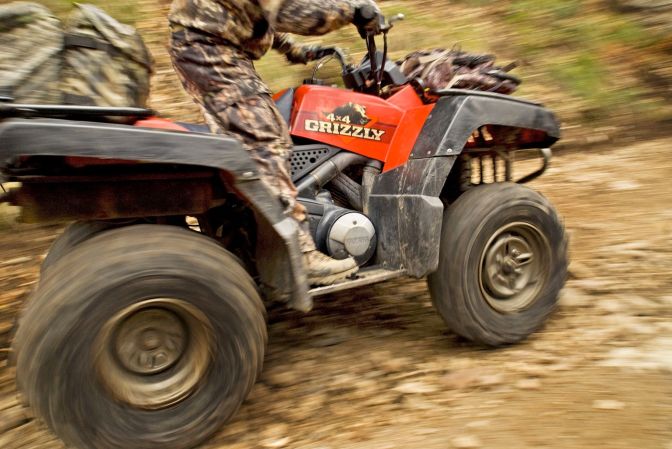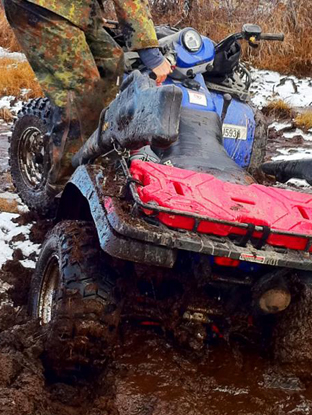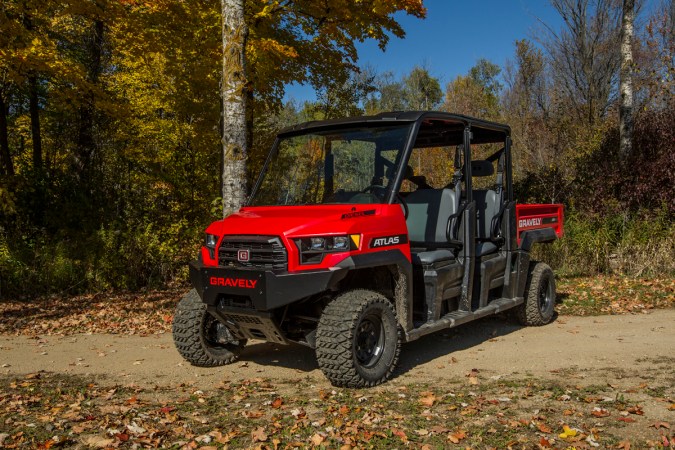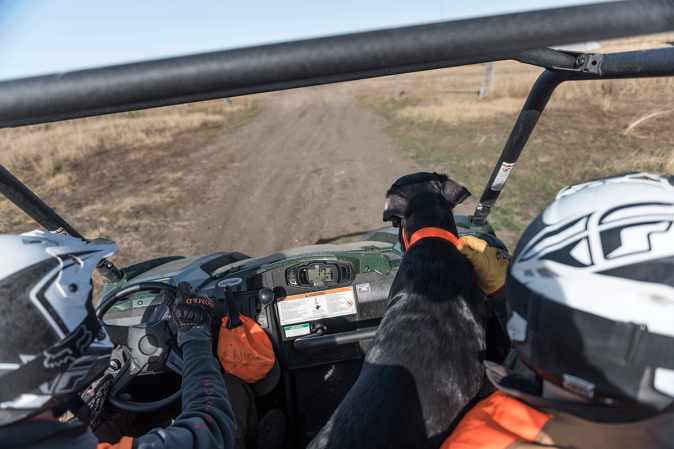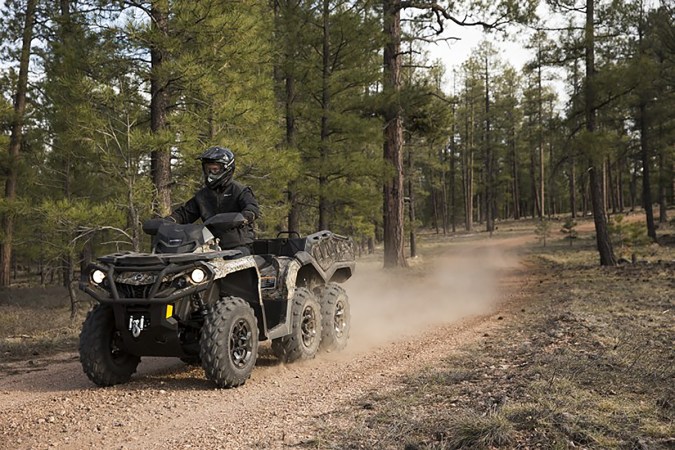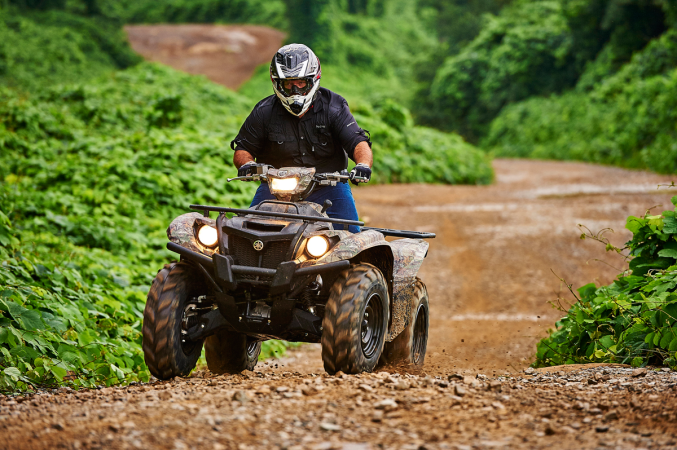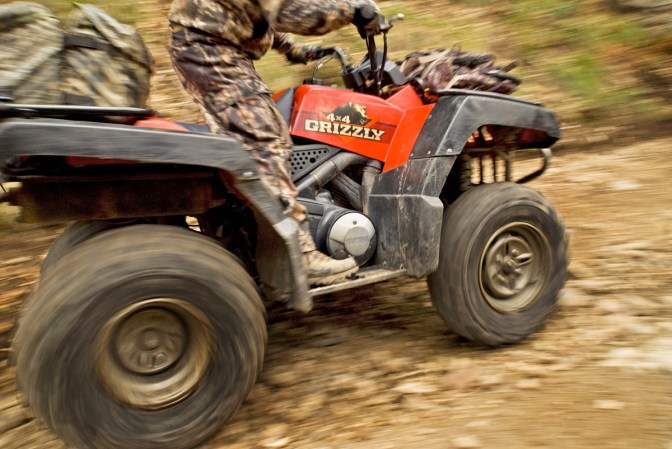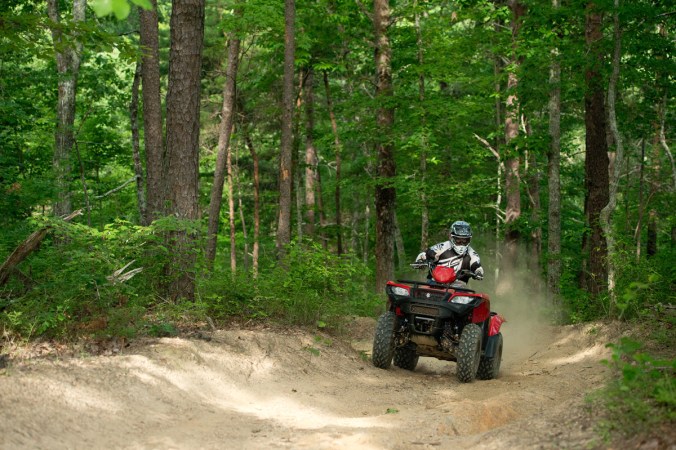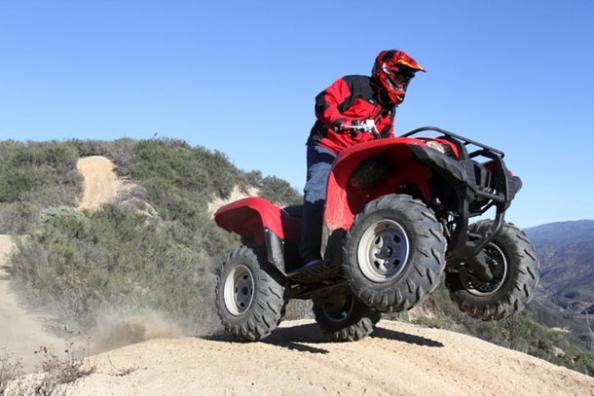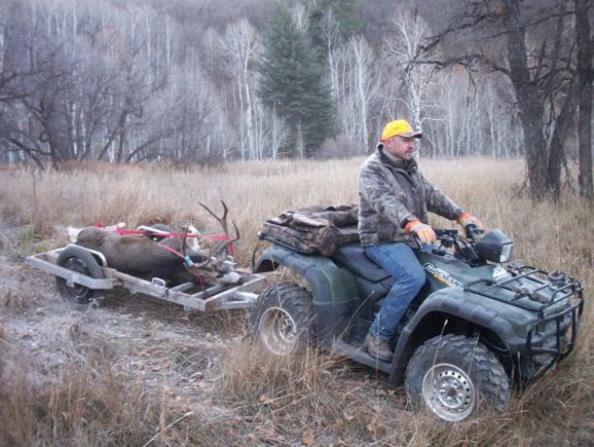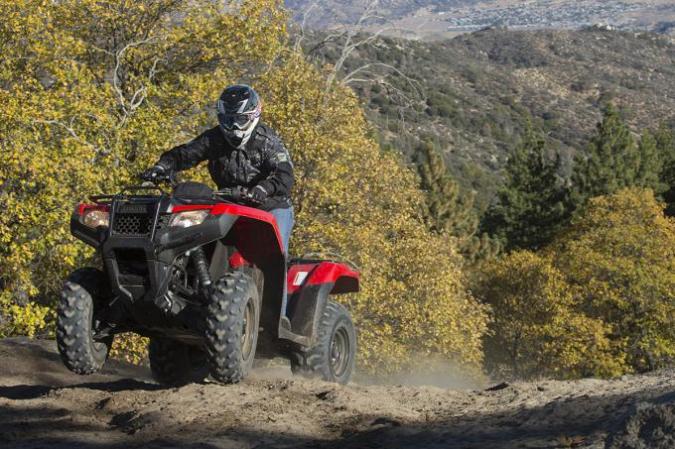We may earn revenue from the products available on this page and participate in affiliate programs. Learn More ›
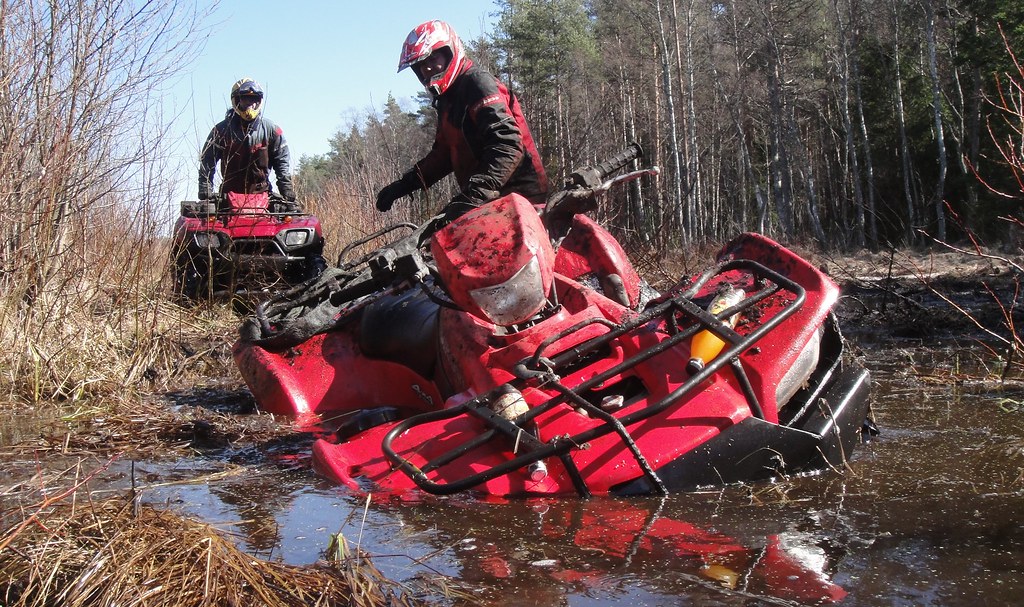
CC image from Flickr
In today’s world of mostly belt driven ATVs and UTVs, the transmission seems to take a beating whenever you decide to get in the muddy stuff. Also, hauling a trailer or a hunting blind through swampy terrain can potentially destroy a machine’s driveline without you even realizing it.
Obviously, the wheels cannot spin as well once you’re in deep mud. As you apply the throttle to get them to move, the belt begins to slip and starts heating up. These factors, when combined, can destroy the drive belt.
An easy start to minimizing damage is to know how deep you can go before you take the ride. Here are a few tips for really wet conditions and deep watery mud to make the belt last longer.
1. Use Low Gear
Many people who own an off-road vehicle know that shifting into low gear can help move the machine along deep, sticky mud. But there will be those times when — in panic — you forget this and maybe ruin your expensive drive belt in the process. You can also use the 4X4 if the machine has it. Getting all four wheels churning will help you get through with minimal danger to the driveline.
2. Muddy Water
It is very common to cross over streams or drop into heavy, mud-laden water from time to time while scouting for that perfect spot. Be sure the belt enclosure is well sealed and that there is a drain plug in the housing somewhere. Sealing the enclosure will keep water out and keep the belt pulling you along.
3. CVT Snorkel
The belt driven transmission needs to breathe well to prevent heat damage to its moving parts. You can make sure the water level does not get over the enclosure’s snorkel by extending this tube to the highest point on the machine. If you are constantly running in deep marshes looking to place that perfect duck blind, it may be better to have a professional install a complete snorkel kit.

